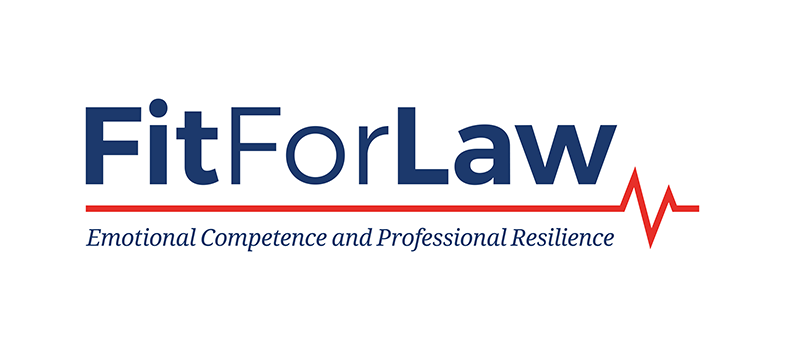Responding to conflict within teams
At the end of the day it’s how you perform on your chargeable unit that makes or breaks it really. And that only can encourage an environment of competition, as opposed to collaboration, and therefore team skills, teamwork skills, you know, proper teams aren’t really developed.
There can be advantages to displaying, rather than stifling, negative emotions within teams. If a project fails in some way, it is important for the team to experience a sense of loss to motivate them to learn from the failure and explore ways of resolving the issues that resulted in it. However, if the negative emotions involved become overwhelming, they can contribute to a toxic culture and inappropriate decision-making (Stephens and Carmeli, 2016).
Appropriate ways to deal with conflict can include:
- Fostering a positive workplace culture overall – This may well reduce levels of conflict. Of course, wider factors such as the attitudes of management will impact on culture. However, there are small steps that individuals can take to promote a healthy culture, like speaking courteously even when under pressure, bringing in a card or cake for someone’s birthday and acknowledging and thanking people for contributions they have made.
- Set ground rules early on, and stick to them! – At the start of a project it’s a good idea to have ground rules in place, including how to deal with any conflicts that arise. Even if you do not have them in place from the start, you can always have a discussion and set some if/when it appears a conflict is likely to arise.
- Stay alert – Spotting the early warning signs of conflict, from crossed arms and hunched shoulders to an aggressively-worded email can assist you in tackling the issue at an early stage, before it escalates and individuals’ positions become more entrenched.
- Defuse emotional responses – It is important to acknowledge individuals’ emotional responses to a conflict. However, it is also valuable to encourage individuals to regulate their responses appropriately. This could involve depersonalising the conflict (focusing on the issues rather than the personalities that are involved), modelling more neutral language and responses or even facilitating a session to ‘clear the air’.
Ask for help – If you are struggling with a conflict within a team, whether as a leader/manager, team member or observer, it is important to feel able to ask for assistance in resolving it. This could be from a more senior person, your Human Resources Department or perhaps even someone external who could act as a neutral sounding board. It could also involve requesting specific training in conflict management and resolution.
Activity 5 Handling conflict healthily
Think of a situation where you have recently been involved in, or witnessed a conflict. This could be a workplace conflict but if you cannot identify a workplace issue, use a different environment such as a family or voluntary setting.
- How did (or could) this situation impact on your wellbeing?
- What steps could you take to avoid any detrimental affects on your wellbeing, should a similar situation arise in future?
Discussion
Your answers here are likely to vary significantly, however, whatever steps you identified in Question 2, it will be worth keeping a note of these to ensure you can deploy them in future.
3.1 Working in a legal team
